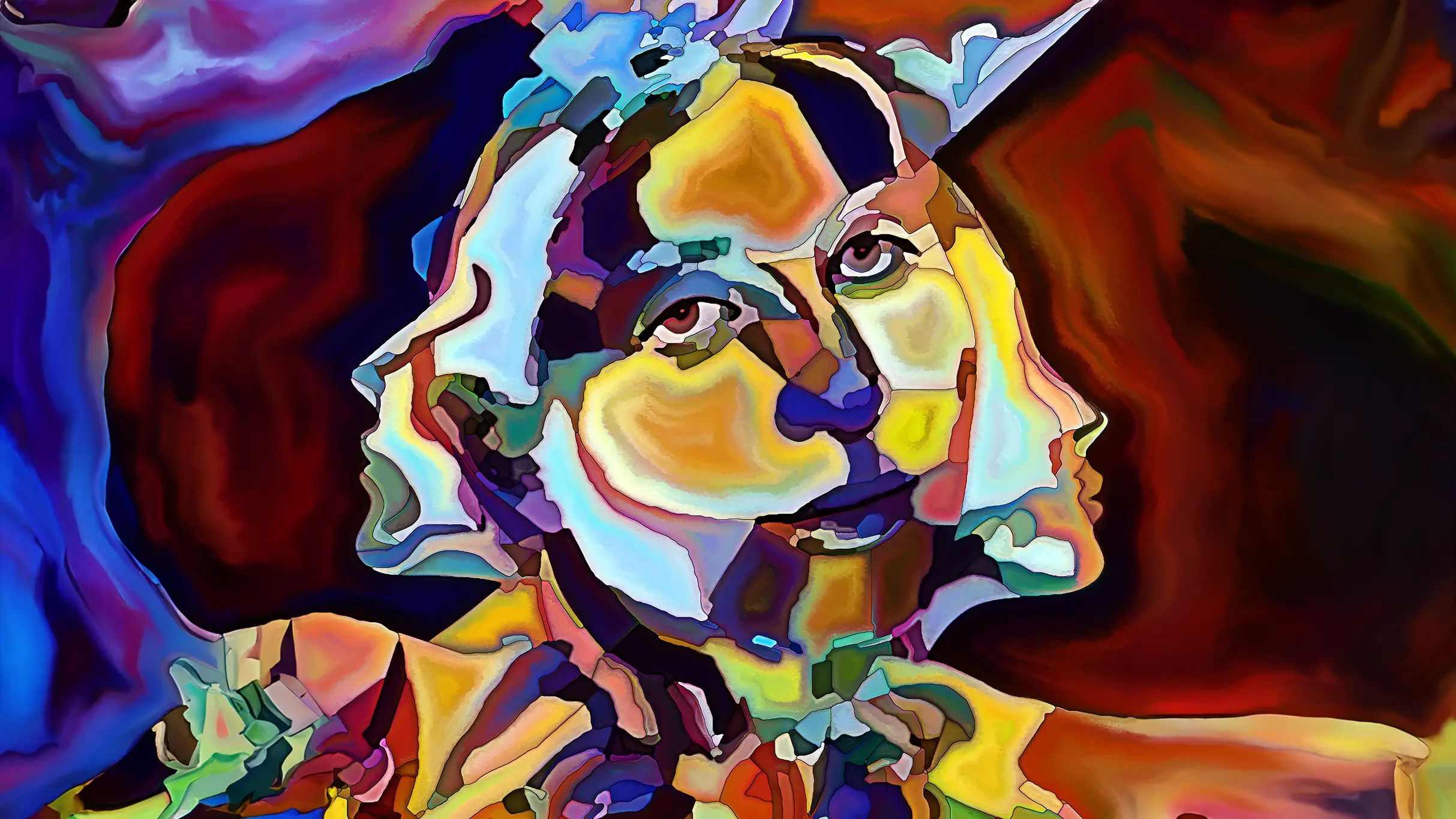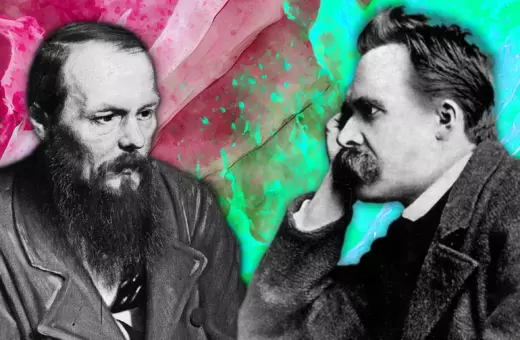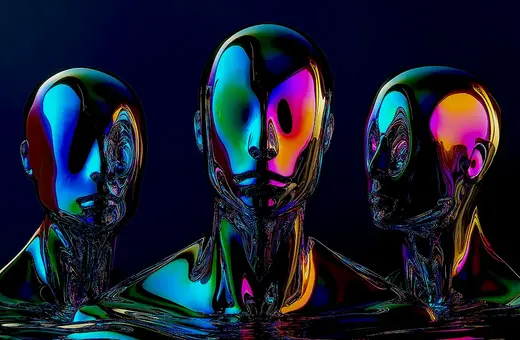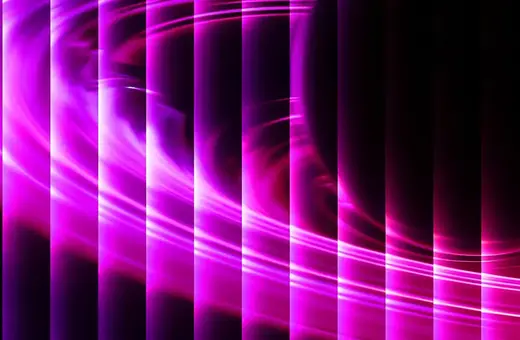The scientific materialist worldview robs reality of its colour, temperature, smell, leaving us with a picture of reality that is radically at odds with our common sense understanding of the world. Helen Yetter-Chappell proposes an alternative: Reality is made of experiences, woven together into an experiential tapestry, that persists even when we aren’t looking.
Snow is white. Fire is hot. What could be more obvious? Yet a surprising number of philosophers do not think these things are true in the way that we ordinarily presume.
What is it for something to be hot? You know this. You’ve felt heat before. It’s warm, then it’s unpleasant, then it burns. It feels … hot. But when scientists look around, they don’t find the hot feel. What they find is molecules bouncing around rapidly. So scientists (re)define heat as molecular kinetic energy.
What is it for something to be white? You know this, too. It looks… white. But when scientists look around, they don’t find this whitish “look”. They find objects with different molecular structures, reflecting and absorbing different ranges of the electromagnetic spectrum. So white is (re)defined as having a molecular structure that reflects all electromagnetic radiation with wavelengths from 380 to 700 nanometers.
It would be absurd to deny that hot things have high molecular kinetic energy or that white objects reflect light in a certain wavelength. It is the business of science to reveal the structural features of the world around us. And it is amazing at doing so. But many philosophers go a step further. They take these structural features to be all that the world contains of heat and color. The whiteness that I thought was part of reality is but an illusion generated by my brain.
___
The standard scientific image of the world depicts a radically alien place, leached of all warmth and color that infuses our experiences. The world is made into a blank dot-to-dot with no substance.
___
These are extreme simplifications of a rich philosophical literature on the nature of color. The key point is that the standard scientific image of the world depicts a radically alien place, leached of all warmth and color that infuses our experiences. The world is made into a blank dot-to-dot with no substance.
But does it have to be this way? Could the structures revealed by science themselves be infused with qualities like warmth and color? And what would the world have to be like, for this to be possible?
Berkeley’s Idealism
Enlightenment philosopher George Berkeley famously pushed back against this stark materialistic view on which reality is bereft of "sensible qualities":
[I]t is my opinion that the real things are those very things I see, and feel, and perceive by my senses. These I know; and, finding they answer all the necessities and purposes of life, have no reason to be solicitous about any other unknown beings. … It is likewise my opinion that colours and other sensible qualities are on the objects. I cannot for my life help thinking that snow is white, and fire hot. (Third Dialogue)
___
Most philosophers are materialists. That is, they hold that reality is mind-independent.
___






















Join the conversation